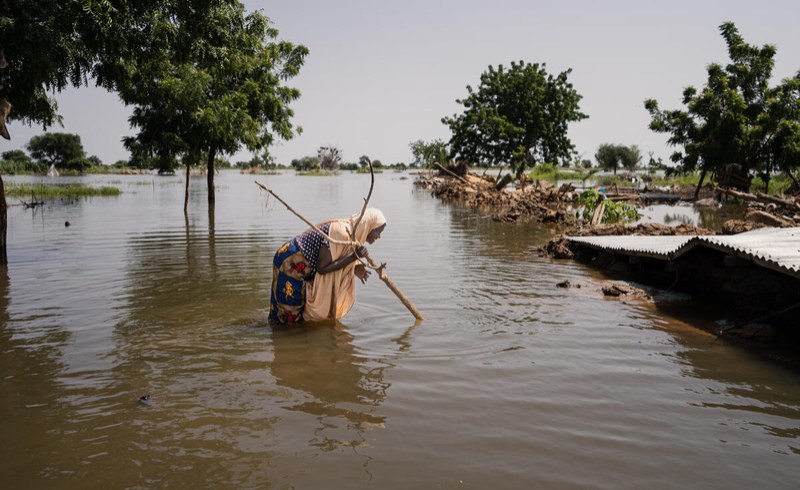Nigeria: Govt Issues Flood Alert for 32 States, 832 Communities

Nigeria Faces Imminent Flood Threat as Hydrological Agency Issues Alert for 32 States
Abuja, Nigeria – The Nigeria Hydrological Services Agency (NIHSA) has issued a high-level flood alert for 198 Local Government Areas (LGAs) across 32 states and the Federal Capital Territory (FCT), warning of significant flood risks between August 7th and August 21st. The agency cites rising river levels and sustained heavy rainfall as the primary drivers behind the increased threat.
The alert, referenced as No: 32-25-003-06, was released on Thursday by NIHSA Director General, Mr. Umar Ibrahim, emphasizing the potential for widespread disruption. NIHSA anticipates that over 100 communities and key transportation arteries may experience severe impacts during the forecast period, potentially hindering movement and economic activity.
States at High Risk
The states identified as facing high to very high flood risks include:
Adamawa Akwa Ibom Anambra Bauchi Bayelsa Benue Borno Cross River Delta Ebonyi Edo FCT Gombe Imo Jigawa Kaduna Kebbi Kogi Kwara Lagos Nasarawa Niger Ogun Ondo Plateau Rivers Sokoto Taraba Yobe Zamfara
Historical Context and Current Challenges
Nigeria has a history of devastating floods, often linked to seasonal rainfall patterns, inadequate drainage infrastructure, and the release of water from upstream dams. The 2022 floods, for example, resulted in widespread displacement, loss of life, and significant economic damage. This year's alert raises concerns about a potential repeat of such a catastrophe.
Dr. Fatima Bello, a professor of Environmental Management at the University of Ibadan, notes that "Nigeria's vulnerability to flooding is exacerbated by rapid urbanization, poor land-use planning, and a lack of effective early warning systems at the community level. While NIHSA's alert is crucial, translating this information into actionable steps by local communities is paramount." She emphasizes the need for proactive measures, including evacuation planning and the provision of emergency relief supplies.
Expert Perspectives and Mitigation Strategies
The potential impacts of flooding extend beyond immediate displacement and infrastructure damage. Agricultural production, already facing challenges from climate change, is particularly vulnerable. Flooded farmlands can lead to crop losses and food insecurity, further straining the economy.
According to Mr. Adebayo Oluwole, a water resource management consultant based in Lagos, "Effective flood mitigation requires a multi-faceted approach. This includes improving drainage infrastructure, promoting sustainable land management practices, and strengthening inter-agency coordination. Investment in real-time monitoring and forecasting technologies is also essential for providing timely and accurate warnings." He also highlights the importance of community engagement in flood preparedness efforts, ensuring that residents are aware of the risks and know how to respond in the event of a flood.
Looking Ahead
The NIHSA alert underscores the urgent need for proactive measures to mitigate the potential impacts of flooding in Nigeria. State and local governments are urged to prioritize evacuation planning, provide emergency relief supplies, and ensure that communities are adequately informed about the risks. The long-term solution involves addressing the underlying factors that contribute to Nigeria's vulnerability to flooding, including improved infrastructure, sustainable land management, and effective early warning systems.
The coming weeks will be critical in determining the extent of the flooding and the effectiveness of the response efforts. Close monitoring of river levels and rainfall patterns, coupled with prompt and coordinated action, will be essential to minimizing the human and economic costs of this impending natural disaster.
Originally sourced from: AllAfrica
